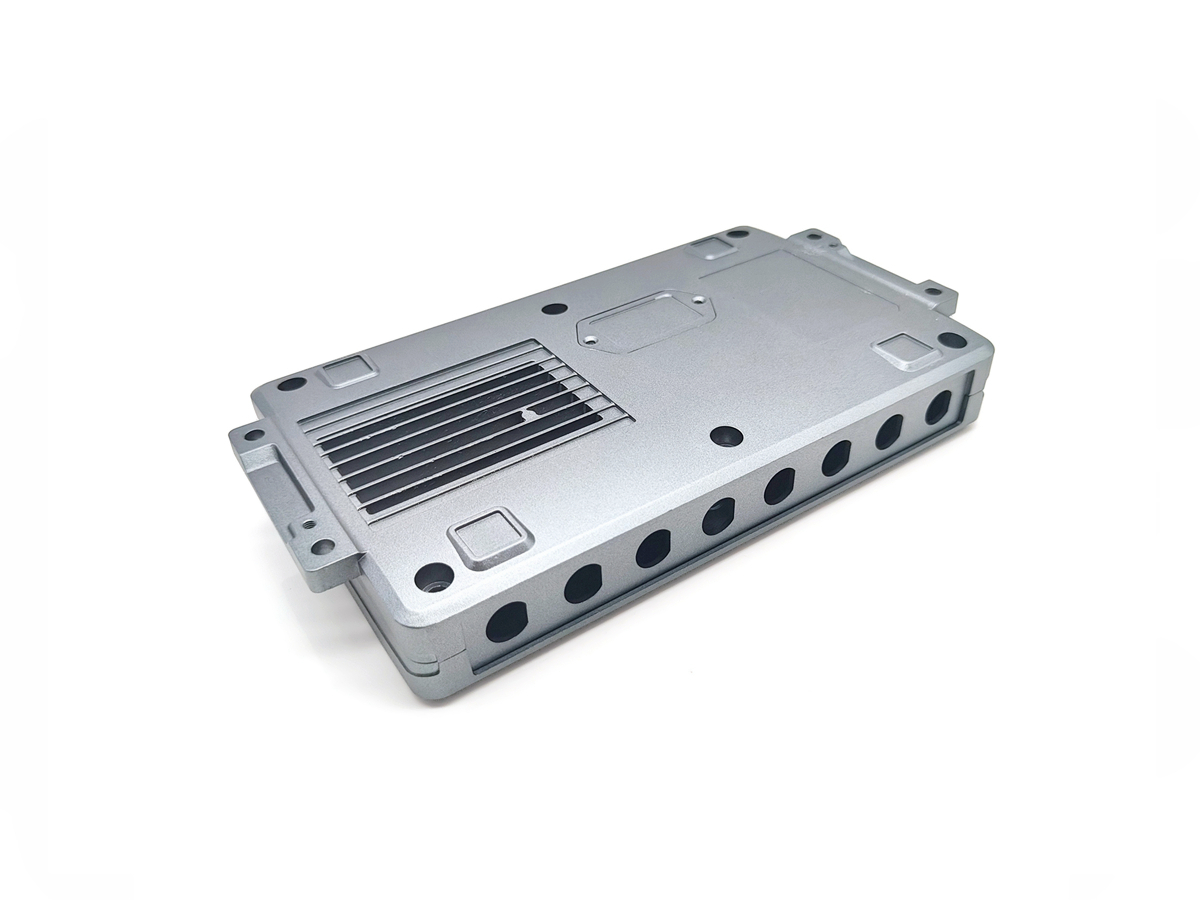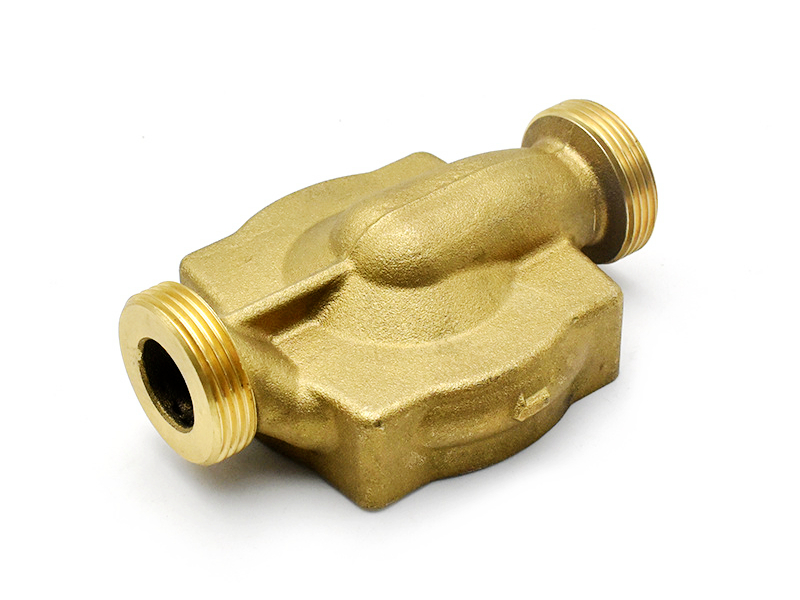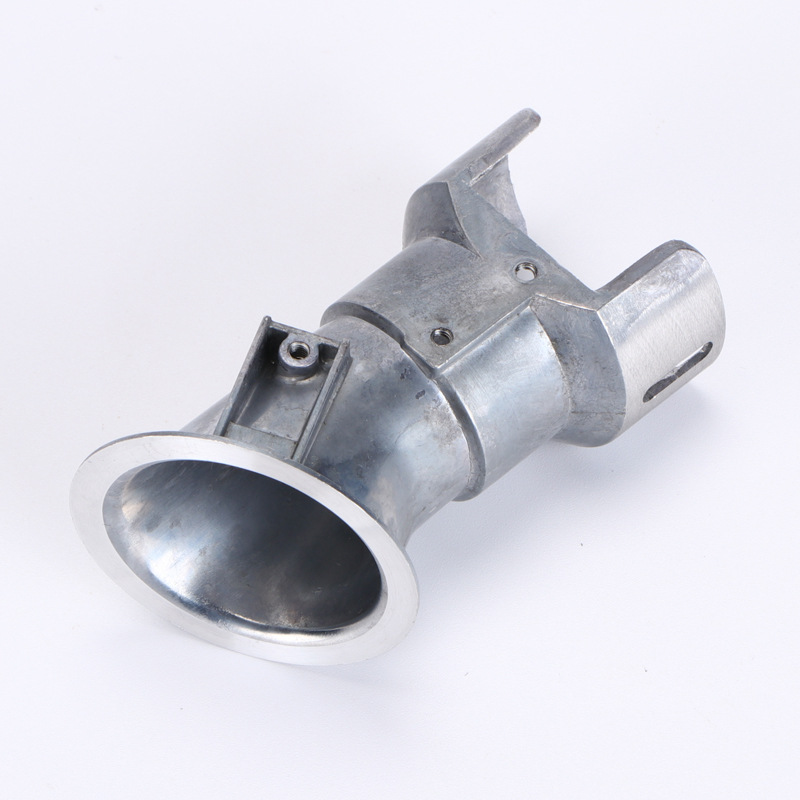Brass 360
Introduction to Brass 360
Brass 360, a free-cutting brass, is one of the most versatile and widely used copper alloys. It combines excellent machinability, good strength, and high corrosion resistance. Brass 360 is primarily composed of copper and zinc, with an addition of lead to enhance its machinability, making it an ideal material for precision parts and die casting applications. Its ability to withstand wear, corrosion, and high-pressure environments makes it a preferred choice for manufacturing components in automotive, electrical, and industrial applications.
At Neway Die Casting, Brass 360 is used for various die casting applications, especially for parts requiring high mechanical strength, high corrosion resistance, and ease of machining. This makes it suitable for high-volume production and intricate parts requiring tight tolerances.
Brass 360 Chemical Composition (Typical)
Element | Weight % | Function |
|---|---|---|
Copper (Cu) | 63.0–67.0 | Primary component providing thermal and electrical conductivity |
Zinc (Zn) | 30.0–35.0 | Enhances strength and casting fluidity |
Lead (Pb) | 2.0–3.5 | Improves machinability by reducing tool wear |
Iron (Fe) | ≤ 0.3 | Enhances strength and durability |
Manganese (Mn) | ≤ 0.1 | Refines grain structure and improves toughness |
Brass 360’s alloy composition ensures a balance of excellent machinability, strength, and corrosion resistance, making it suitable for various demanding applications, especially those requiring precision and high-volume production.
Physical Properties of Brass 360
Property | Value & Unit |
|---|---|
Density | 8.5 g/cm³ |
Thermal Conductivity | 110 W/m·K |
Electrical Conductivity | 25–30 % IACS |
Coefficient of Thermal Expansion | 19.5 µm/m·°C |
Melting Point | ~900–940 °C |
Specific Heat Capacity | ~380 J/kg·K |
The alloy's high thermal conductivity allows it to dissipate heat efficiently during the die casting process, minimizing the risk of overheating and ensuring consistent part quality. Its density ensures a good balance of strength and weight for high-stress applications.
Mechanical Properties of Brass 360
Property | Typical Value & Unit |
|---|---|
Tensile Strength | 350–500 MPa |
Yield Strength | ~210–250 MPa |
Hardness | 60–90 HB |
Elongation | 15–30 % |
Modulus of Elasticity | ~110 GPa |
Brass 360's excellent machinability and strength and corrosion resistance make it ideal for die casting molds, automotive parts, and electrical fittings.
Die Casting Applications for Brass 360
Brass 360 is widely used in die casting and precision tooling applications where ease of machining and high corrosion resistance are essential:
1. Automotive Components
Brass 360 manufactures critical automotive components such as fuel fittings, transmission parts, brake system components, and engine parts. Its high strength and corrosion resistance make it suitable for high-performance applications exposed to mechanical stress and high temperatures.
2. Electrical Components
In the electrical industry, Brass 360 produces connectors, terminals, and switchgear components, where electrical conductivity and strength are necessary. The material’s resistance to corrosion makes it a reliable choice for long-lasting electrical components.
3. Marine Applications
Brass 360 is ideal for marine fittings and seawater valves, as it exhibits excellent resistance to corrosion in salty environments. The alloy's durability ensures that marine components can perform efficiently over extended periods.
4. Industrial Applications
Brass 360 is commonly used in industrial components such as gears, pumps, and valves, which require high mechanical strength, wear resistance, and corrosion protection. Its machinability allows for the creation of complex components with precise tolerances.
Common Applications
Brass 360 is used in various industries due to its optimal balance of strength, machinability, and corrosion resistance:
Die Casting: High-performance components such as valve bodies, connectors, and fittings
Automotive: Precision parts like fuel fittings, transmission components, and brake parts
Electrical: Connectors, terminals, and electrical fittings requiring high conductivity
Marine: Seawater valves, pump parts, and fittings exposed to corrosion
Industrial: Pumps, valves, and housings for industrial machinery
Machining and Processing Brass 360
One of the major advantages of Brass 360 is its excellent machinability, especially due to the addition of lead, which reduces tool wear and improves cutting speed:
Ease of Machining: Brass 360 is known for its smooth cutting and minimal tool wear, allowing for easy machining using conventional turning, milling, and drilling tools.
Surface Finish: Brass 360 can be polished to a high gloss, making it suitable for components that require a smooth surface finish, such as electrical connectors and decorative parts.
Casting Fluidity: The alloy has excellent casting fluidity, which ensures that it can be easily cast into complex shapes with high accuracy, reducing the need for post-casting finishing.
At Neway Die Casting, we utilize CNC machining and EDM to produce high-precision parts from Brass 360. We ensure that every component meets the exacting requirements for die casting and tooling applications.
Surface Treatment Compatibility
While Brass 360 is naturally corrosion-resistant, various surface treatments can be applied to enhance its performance and longevity:
Electroplating: Brass 360 can be electroplated with nickel or chrome to improve its corrosion resistance, particularly for marine and industrial applications.
PVD Coatings: Titanium nitride (TiN) coatings can improve surface hardness and wear resistance, especially for components exposed to high friction.
Anodizing: While primarily used for aluminum, anodizing can also be applied to Brass 360 to enhance its surface hardness and resistance to corrosion.
These treatments enhance the durability and performance of Brass 360 components in demanding environments, reducing maintenance costs and extending service life.
FAQs
How does Brass 360 compare to Brass 380 regarding machinability and strength?
Can Brass 360 be used in both high-temperature and high-corrosion environments?
What is the expected mold life for Brass 360 in high-volume die casting?
How does Brass 360 perform in high-pressure casting environments?
Is Brass 360 suitable for injection molding as well as die casting?



